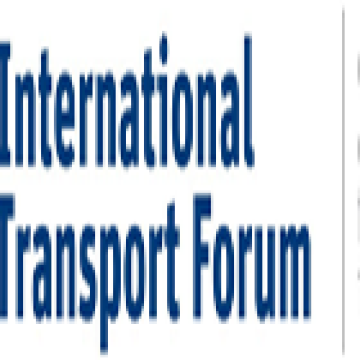Temporary Employment Services (TES) are fundamental to developing the workforce in South Africa, assisting in advancing skills as well as growing the economy.
With the recent passing of the Constitutional Court judgement, which in effect states that if a candidate is placed by a TES with a client for a period of more than three months, and he earns less than the threshold amount of R205 433 per annum, he is deemed to be the employee of the client for the purposes of the Labour Relations Act (LRA). Then there is a transfer from the TES to the client who becomes the sole employer. The client assumes responsibility of the individual and provides the same employment conditions as their permanent staff. A business owner may ask the rightful question whether making use of a TES for assignments longer than three months is still in their best interests.
TES employees employed for longer than three months outside of these conditions don’t automatically transfer to become permanent employees of the client. Sole employment is limited to the LRA only, hence there is no transfer of employment and the triangular employment relationship of being jointly and severally liable between the employer and the TES continues to exist.
It is important, however, to note that the TES employees earning below the Basic Conditions of Employment Act (BCEA) threshold, currently R205 433 per annum, and who work for more than three months are affected by this. This is where the definition of a temporary service becomes fundamental.
A temporary service means that the employee is working:
for a period not exceeding 3 months;
as a substitute for an employee of a client who is temporarily absent;
or in a category for any period that is deemed to be temporary service by a collective agreement concluded in a bargaining council, a sectorial determination or of a notice published by the Minister.
So, if an employee is performing a temporary service as described above, the TES will, for as long as the employee is performing a temporary service, remain the employer in terms of the LRA.
Note however that where employees are temporarily employed on justifiable assignment for longer than three months, e.g. for a project, seasonal work, absenteeism etc, this judgement has no bearing. In other words, as long as there is a start date, a finish date and justifiable reason for the fixed period, and an agreed contract, the temporary role can apply.
This then leads to the question, but can we still use TES workers for assignments longer than three months who don’t meet the definition of “performs a temporary service”? The answer is yes. According to the Constitutional Court, there will be what is referred to as a triangular relationship. There is no transfer to a new employment relationship but rather a change in the statutory attribution of responsibility. The triangular relationship then continues for as long as the commercial contract between the TES and the client remains in force and requires the TES to remunerate the workers.
What does this mean? Returning to the concept of being jointly and severally liable, simply that whilst the client is deemed the employer, the employee may claim against the TES as long as there is a contract between the TES and the employee. This provides a sense of security of employment for the worker and if there’s any breach of the LRA they can take action against the client or the TES.
Job security leads us to another pertinent issue of Equal Treatment. If a TES employee is deemed to be an employee of the client, he/she must be treated on the whole no less favourably than an employee of the client performing the same or similar work, unless there is a justifiable reason for different treatment. For TES employees covered by bargaining councils, equal treatment is clearly entrenched in the agreements, an essential element to consider in the South African labour market.
Information received from our European colleagues shows an increase in short-term contracts in the Italian market in recent times, to the point of involving no less than three million temporary employees. Statistics show an increase in the numbers of workers on temp assignments, specifically between one to six months. These figures are still lower than neighbouring countries such as Germany and Spain who have always made use of temp staff providing flexible workforce solutions. The opposite is evident in the United Kingdom where the labour market is more flexible for all, hence a more limited use of temp services.
So what value add is there for South African companies in using a TES after the Constitutional Court judgement? Temporary Employment Services (TES) play a critical role in workforce management and continue to provide support to clients in numerous ways including: recruitment and selection, workforce management, performance management, payroll and benefits administration, learnership management and skills development and training. Whilst new conditions have been introduced through the judgement, these can be compliantly addressed to ensure both service delivery to clients and labour market flexibility as well as added protection for vulnerable workers.
Sources:
CAPES Confederation of associations in the private employment sector
Infodata Il Sole 24










